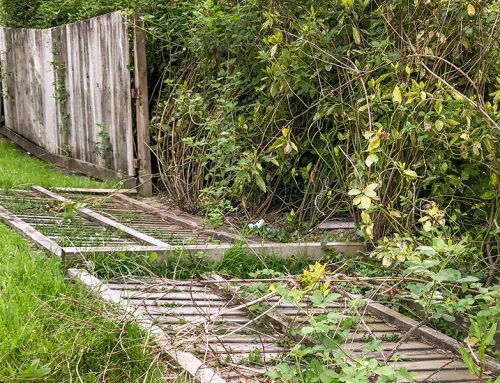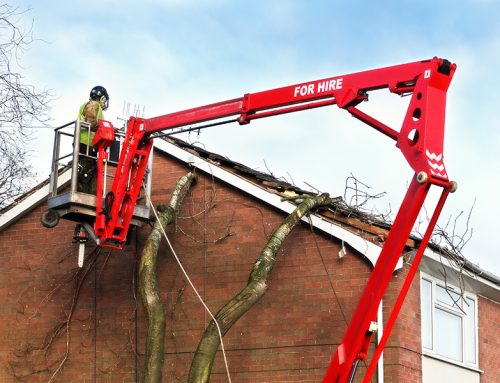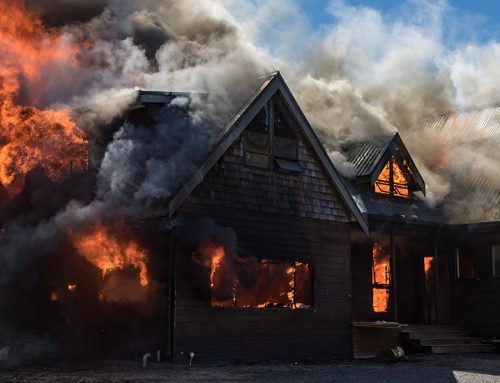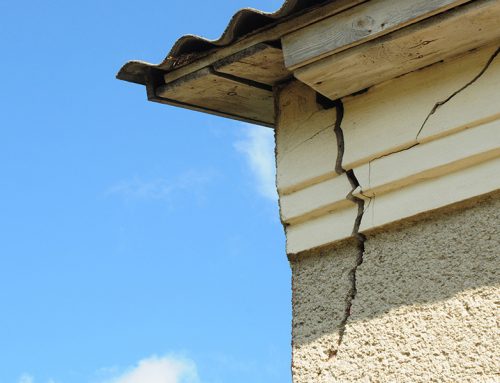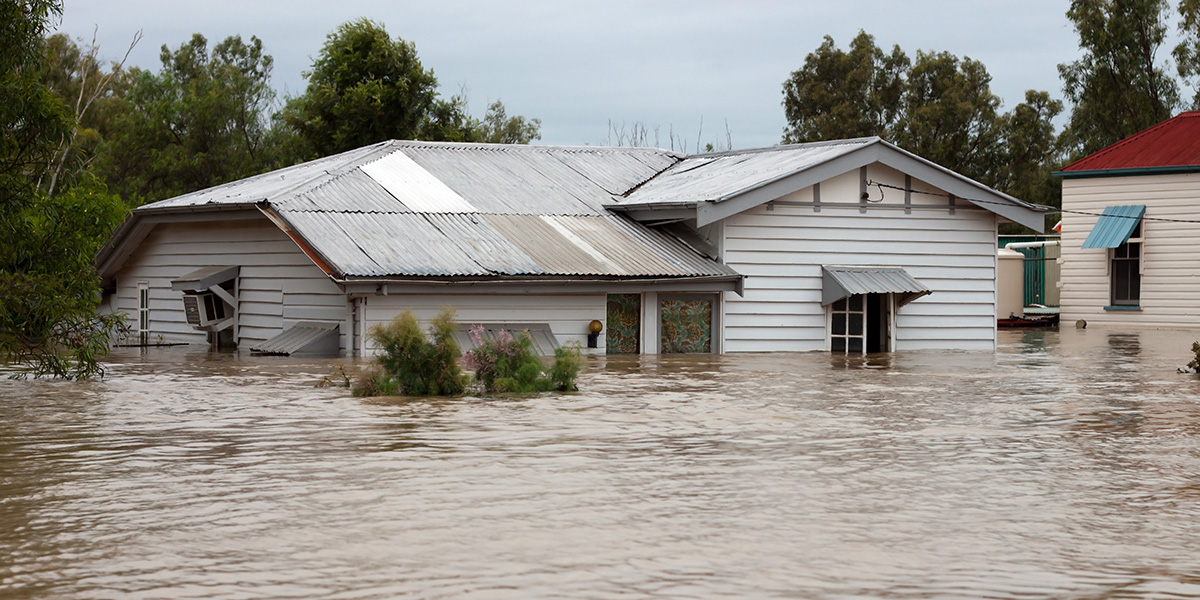
Flooding is one of the many natural disasters New Zealand is prone to. The clean up can be a heartbreaking and time consuming process. We take a look at
Quite often the damage is severe and requires professional tradespeople, as well as council permits and inspections. Then of course there is the myriad of insurance assessments to deal with as well. Often with such a big job, it’s hard to know where to start first. That’s where our homeowners guide to flood clean-up is useful.
Repairing and Cleaning Up After a Flood
Your priority when a flood occurs is to keep your family and pets safe. This often involves evacuating your home. Civil Defence will tell you when you can enter your home again, but this is often only to remove personal belongings. If you are given permission to live in your home again, you will also need to check that there is no danger from:
- Any additional flooding
- Damage to the structure of your home
- Electric shock from exposed wiring to flood waters
- Overflowing sewage systems or drains
- Gas leaks
You will also need to contact your insurance company to come and assess the damage. They will explain to you the jobs you can hire tradespeople for immediately. Your insurer will also explain what steps you do yourself to assist with the clean-up. If your home is uninhabitable, you can check with your insurer to see if you are eligible for accommodation support.
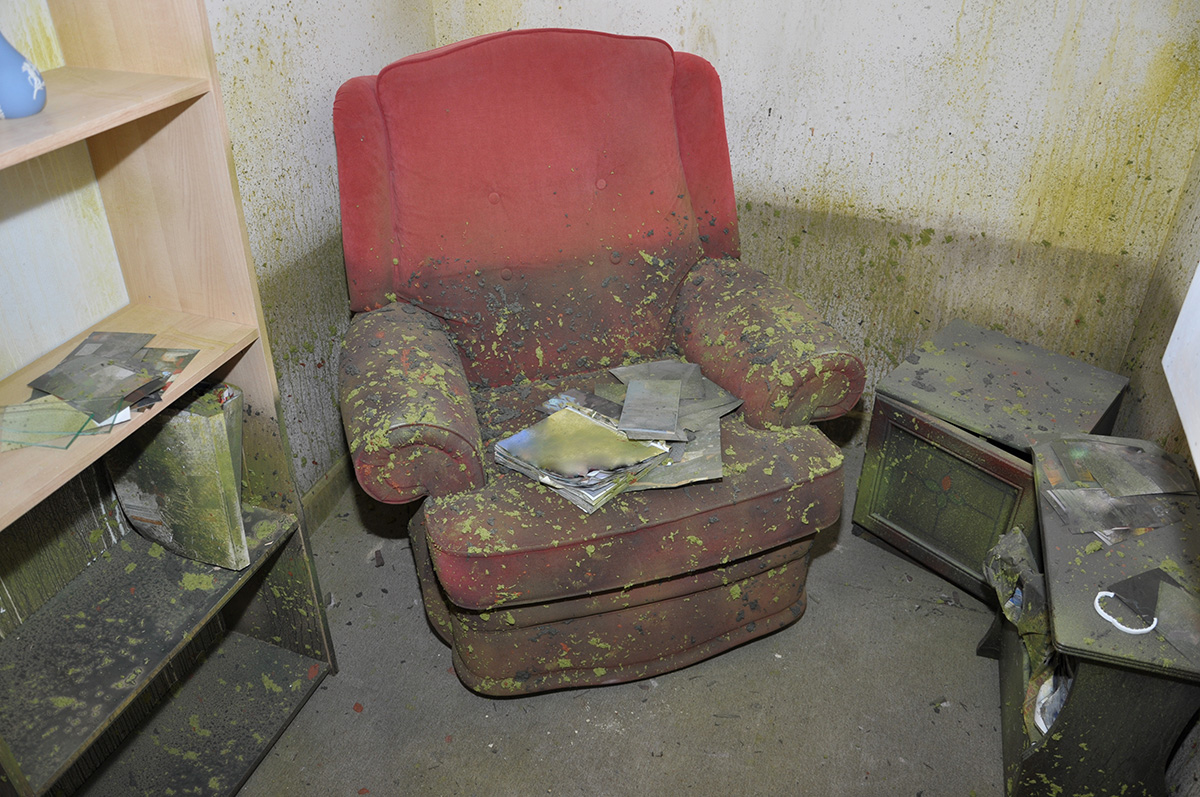
Cleaning work and repairs needed after a flood
Water has the potential to go everywhere. It also frequently contaminated with sewage and other nasties. This means that cleaning up after a flood requires more than just drying it out. In general, a flooded home will require:
- Gib or wallboards removed up to the next dwang above the flood waterline to allow the framing to dry
- Wet insulation removed
- Electrical wiring checked
- Micro-bacterial chemicals used to prevent mould and fungi
- Underfloor crawl spaces cleaned to allow access and airflow
- Sewage and draining systems checked
Professional tradespeople experienced in flood restoration are your best option for any jobs you need doing. Not only do they have the knowhow on what work is required, but they also know what other potential problems to look for too. A Licenced Building Practitioner or Master Builder will be needed for any structural or weathertightness work.
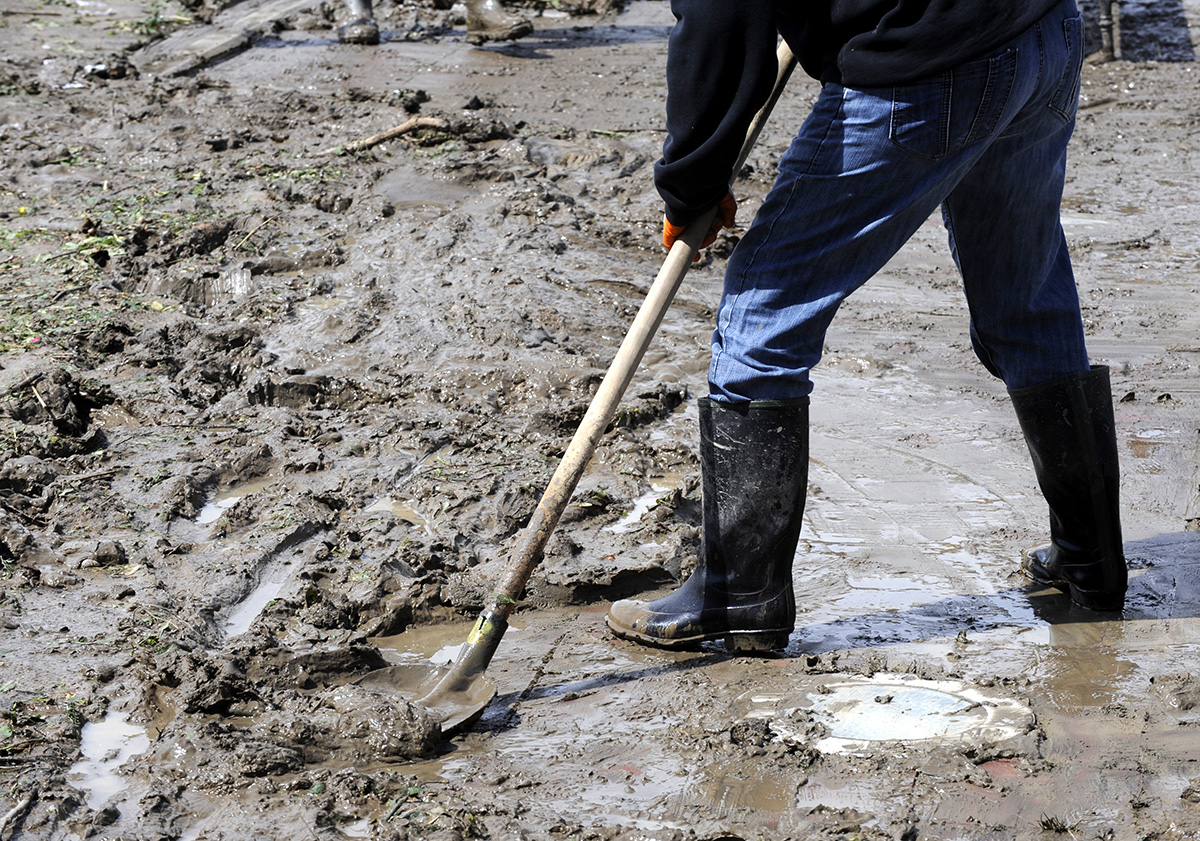
Quick drying your home and belongings is vital to prevent mould and mildew growth. You should have a dampness test completed before any Gib or insulation is replaced. A home which is not fully dry is prone to further damage from mould and mildew in the months and years to come. Once again, a professional tradie will be able to help you with this.
We can help you with your cleaning up after a flood jobs and find the right repair tradespeople for your home. List your jobs today and we’ll organise quotes for you right away.
